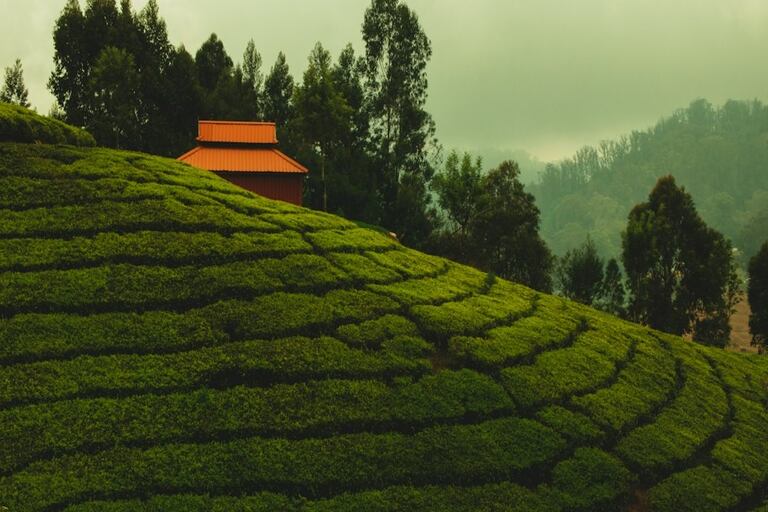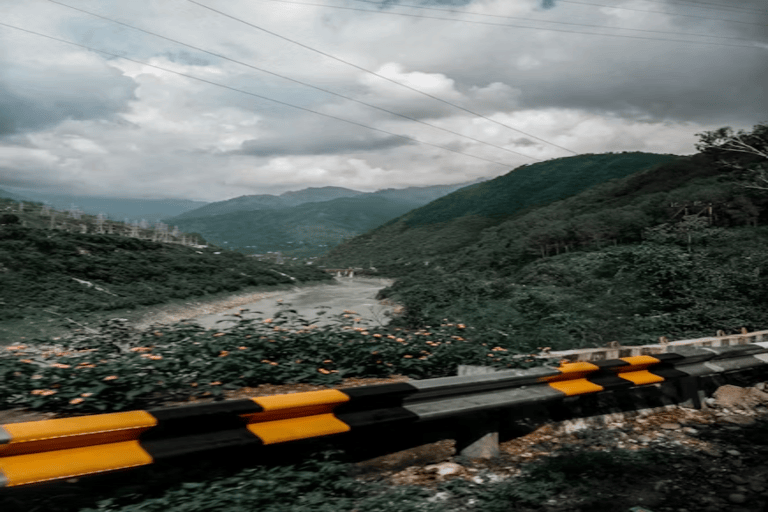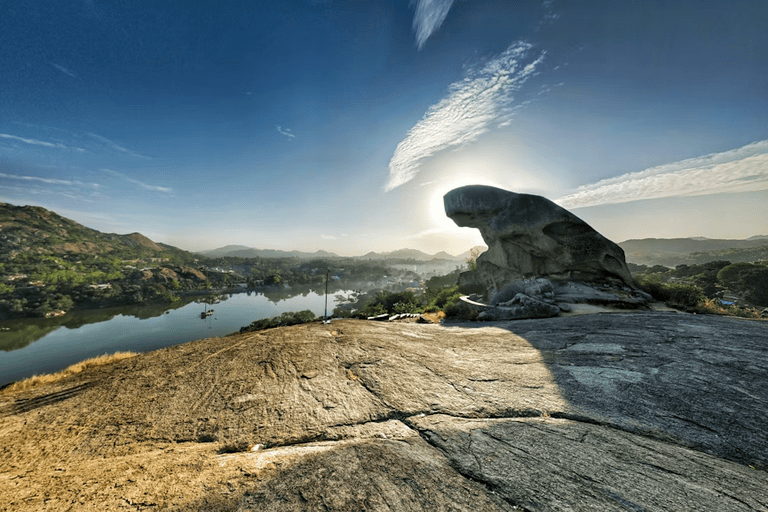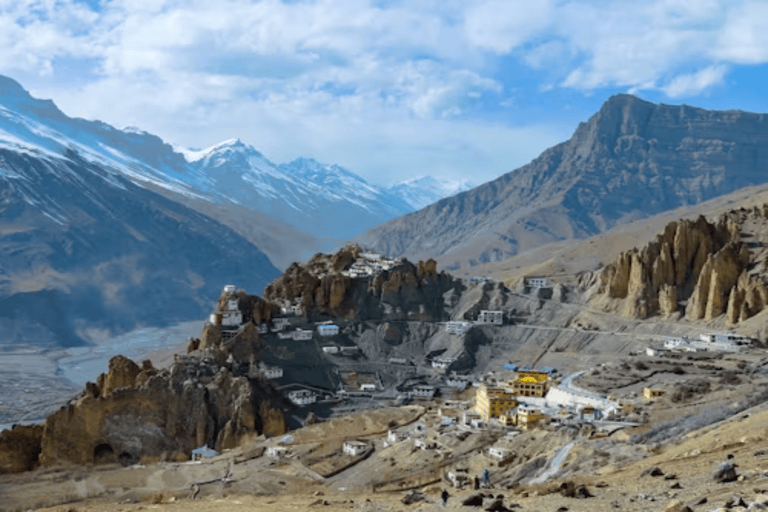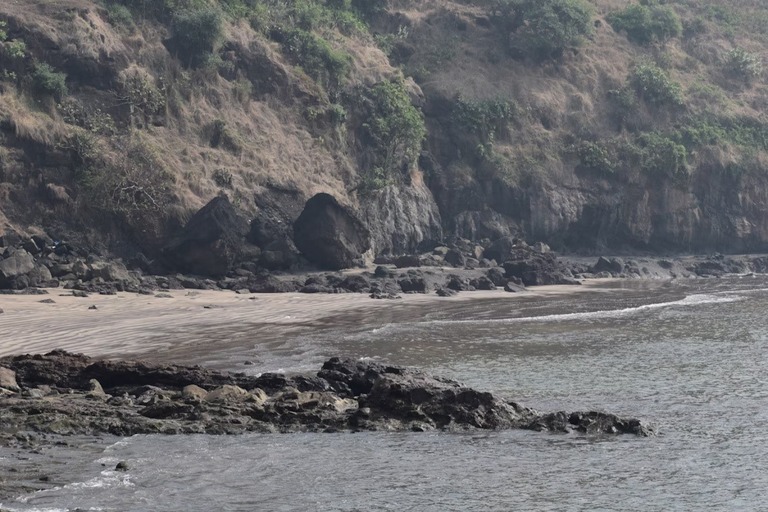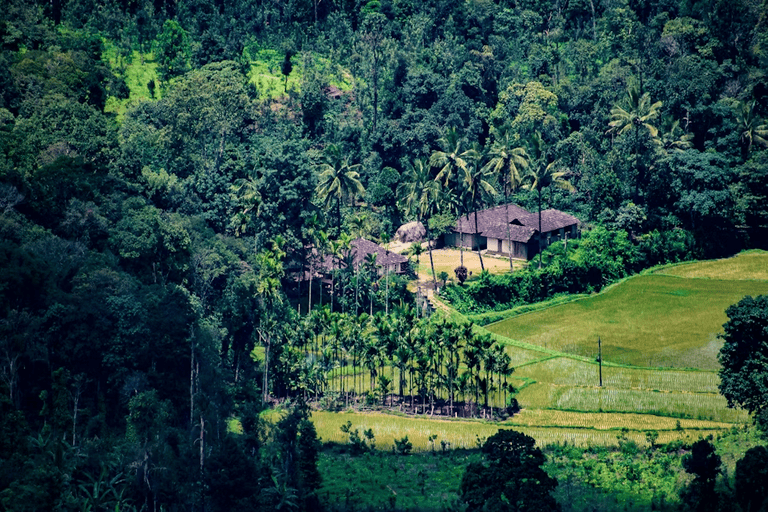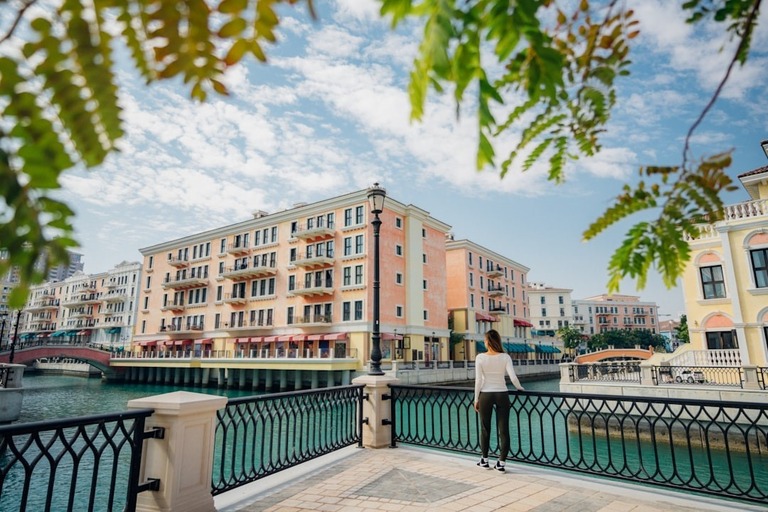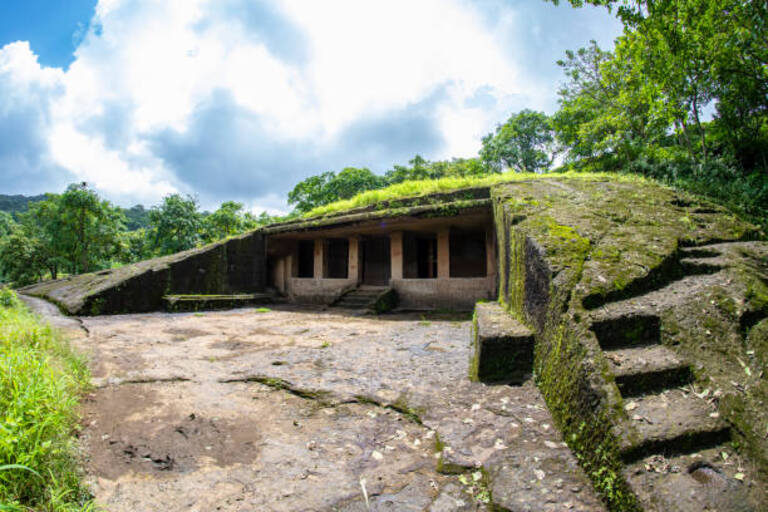
Exploring Sanjay Gandhi National Park: A Blend of Wildlife and Historical Gems
Table of contents
Nestled within the bustling metropolitan landscape of Mumbai, Sanjay Gandhi National Park stands as an ecological oasis, a verdant sanctuary that offers a respite from the city’s relentless pace. This sprawling expanse of lush greenery and diverse wildlife is a testament to nature’s resilience and the city’s commitment to preserving its natural heritage.
Spanning an impressive 104 square kilometers, Sanjay Gandhi National Park Mumbai is one of the world’s largest urban national parks. Its sheer size and remarkable biodiversity make it a true gem in the heart of this vibrant city. As you step through its gates, you are immediately transported into a world that seems worlds away from the surrounding concrete jungle.
The park is home to an impressive array of species, including leopards, deer, monkeys, and over 170 species of birds. The park’s leopard population, in particular, has garnered significant attention as these elusive big cats have adapted to coexist within the urban landscape. Beyond its rich biodiversity, the park also boasts a wealth of historical and cultural significance. Ancient Buddhist rock-cut caves dating back to the 1st century BCE can be found within its boundaries.
History of Sanjay Gandhi National Park
The origins of Sanjay Gandhi National Park can be traced back to the late 19th century when the British recognized the need to preserve the region’s natural landscape. 1869, the area was declared a reserved forest, known as the Bombay Forest. This move aimed to protect the existing flora and fauna from the rapidly expanding city of Bombay (now Mumbai).
Over the next few decades, the reserved forest underwent several changes and was renamed Krishnagiri National Park in 1950. In the 1970s, the park underwent a significant expansion with the addition of the Tulsi and Vihar lakes. These man-made water bodies enhanced the park’s natural beauty and provided vital habitats for various species of birds and aquatic life.
In 1996, the Krishnagiri National Park was renamed Sanjay Gandhi National Park in honor of the late Prime Minister Sanjay Gandhi, who had played a pivotal role in promoting environmental conservation efforts in India. This renaming also coincided with the park’s recognition as a national park, solidifying its status as a protected area of immense ecological importance. The park received further recognition in 2003 when it was declared a UNESCO World Heritage Site.
Flora and Fauna at Sanjay Gandhi National Park
Sanjay Gandhi National Park is a true biodiversity hotspot, housing an impressive array of flora and fauna within its verdant boundaries.
Flora
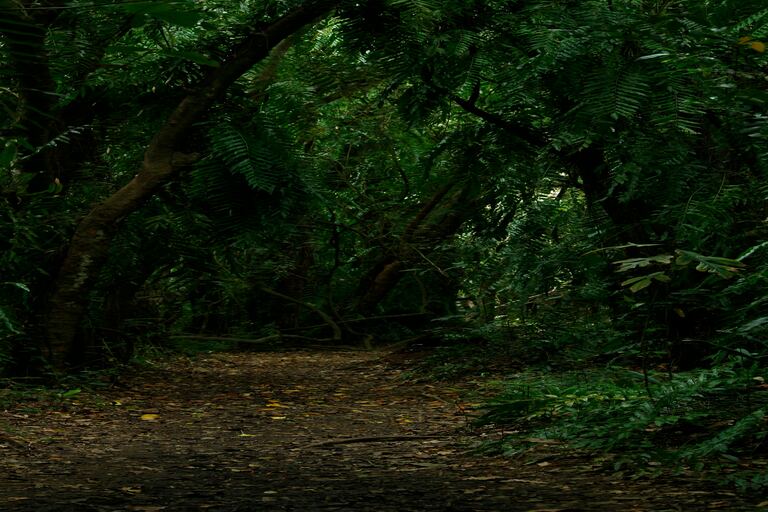
Flora in Sanjay Gandhi National Park
The park’s vegetation is a tapestry of diverse plant life, ranging from towering trees to vibrant wildflowers. One of the most prominent features is the dense forest cover that blankets the rugged Trimbakeshwar Hills, comprising Ain, Hirda, Kanchan, and Sag species.
The park is home to over 1,000 species of plants, including several rare and endangered species. Karvi, an evergreen tree species, is a notable resident known for its medicinal properties and striking appearance. The park also boasts diverse flowering plants, including the beautiful Flame of the Forest and the vibrant Indian Laburnum.
Fauna
Sanjay Gandhi National Park Mumbai is a haven for wildlife, offering sanctuary to a diverse range of animal species. Perhaps the most iconic residents are the elusive leopards, which have adapted remarkably well to coexisting within the urban landscape. These majestic big cats roam the park’s dense forests, making occasional appearances and captivating visitors with their grace and power.
The park is also home to various deer species, including spotted deer, sambar deer, and barking deer. Monkeys, including the ubiquitous bonnet macaque and the more elusive rhesus macaque, are a common sight throughout the park. The park boasts an impressive avian population, with over 170 species of birds recorded within its boundaries. Colourful residents such as the Indian Pitta, the Asian Koel, and the Malabar Trogon can be spotted flitting among the trees while raptors like the Crested Hawk-Eagle soar overhead.
The park’s lakes and wetlands are home to diverse aquatic life, including fish species such as the Catla, Rohu, and Mrigal. These waters also attract a variety of amphibians, including frogs and toads, which add their melodic calls to the park’s natural soundscape.
Top Attractions in Sanjay Gandhi National Park
Sanjay Gandhi Wildlife Sanctuary offers a remarkable blend of natural beauty, historical significance, and recreational opportunities, making it a must-visit destination for both local and international visitors. Here are some of the top attractions that should not be missed when exploring this urban oasis:
1. Kanheri Caves
Situated within the park’s boundaries, the Kanheri Caves are a remarkable archaeological site dating back to the 1st century BCE. These ancient Buddhist rock-cut caves, carved into the basaltic rock formations, are adorned with intricate carvings, sculptures, and inscriptions that offer a glimpse into the region’s rich cultural heritage. Guided tours are available, providing visitors with a deeper understanding of the caves’ historical significance.
2. Nature Trails and Hiking
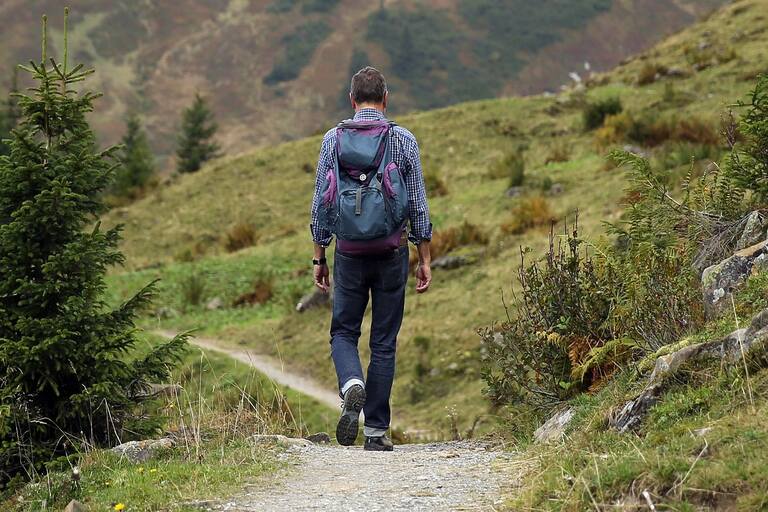
Nature Trails and Hiking in Sanjayy Gandhi National Park
The park boasts an extensive network of well-maintained nature trails that wind through its diverse landscapes. The most popular trail is the Shilonda Trail, which takes visitors through dense forests and offers breathtaking views of the Trimbakeshwar Hills. Along the way, hikers may catch glimpses of the park’s resident wildlife, including leopards, deer, and a variety of bird species.
3. Vihar Lake and Boating

Enjoy boating at Vihar Lake at Sanjay Gandhi National Park
The serene Vihar Lake is a popular destination for those seeking a tranquil escape from the city’s hustle and bustle. The lake’s calm waters reflect the surrounding lush greenery, creating a picturesque setting for boating, picnicking, and bird-watching. Visitors can rent boats and paddle around the lake, taking in the natural beauty and spotting various species of waterfowl.
4. Tulsi Lake and Gardens
Another scenic spot within the park is Tulsi Lake, surrounded by well-manicured gardens and walking paths. The lake’s tranquil waters and the vibrant floral displays provide a serene environment for relaxation and contemplation. The gardens are also a popular spot for outdoor yoga sessions and nature photography.
5. Wildlife Viewing
Sanjay Gandhi National Park is home to a diverse array of wildlife, making it a prime destination for nature enthusiasts and photographers. The park’s leopard population, in particular, has garnered significant attention, with guided safaris offering the opportunity to spot these elusive big cats in their natural habitat. Other commonly sighted animals include deer, monkeys, and a variety of bird species.
6. Environmental Education Centre
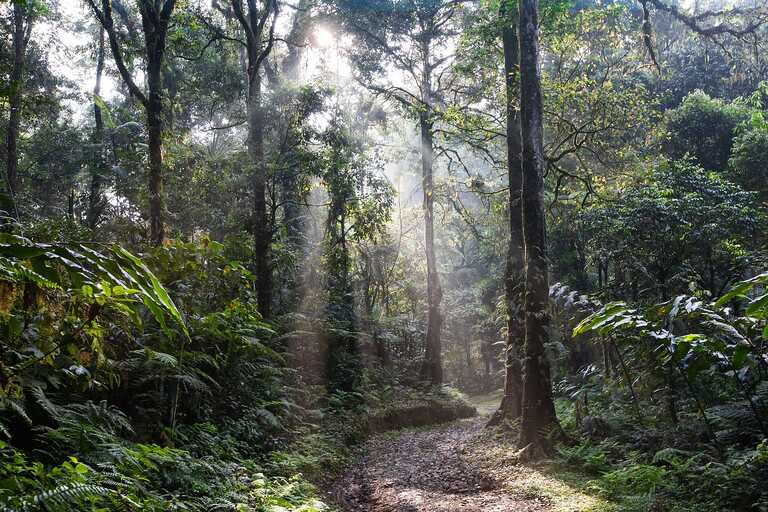
lush greenery of Sanjay Gandhi National Park
The park’s Environmental Education Centre is crucial in raising awareness about conservation and promoting sustainable practices. The centre offers interactive exhibits, educational programmes, and workshops for visitors of all ages. It is an excellent place to learn about the park’s ecosystems, the challenges faced, and the efforts being made to preserve its natural heritage.
7. Camping and Adventure Activities
For those seeking a more immersive experience, the park offers camping opportunities in designated areas. Camping within the park’s boundaries provides a unique opportunity to connect with nature and experience the sights and sounds of the wilderness. Additionally, adventure enthusiasts can indulge in activities such as rock climbing and rappelling under the guidance of trained professionals.
Sanjay Gandhi National Park Timings
Here are the details of Sanjay Gandhi National Park Mumbai timings and opening hours for visitors:
Entry Timings:
- The park gates open for entry at 7:30 a.m.
- The last entry is permitted until 5:30 p.m.
Exit Timings:
- Visitors must exit the park premises by 6:30 p.m.
- No one is allowed to remain inside the park after the designated closing time.
Timings for Specific Attractions:
Some attractions and facilities within the park may have their own operating hours, which may differ from the general park timings. Here are the typical times for some of the popular attractions:
- Kanheri Caves: Open from 7:30 a.m. to 5:30 p.m.
- Vihar Lake and Boating: Boating is available from 9:00 a.m. to 5:00 p.m.
- Environmental Education Centre: Open from 9:00 a.m. to 5:00 p.m.
Sanjay Gandhi National Park Entry Fee
Sanjay Gandhi National Park has a fee structure in place to help manage visitor numbers and generate revenue for conservation efforts and park maintenance. Here are the details regarding the Sanjay Gandhi Wildlife Sanctuary tickets:
Entry Fees:
- Indian Adults: ₹25 per person
- Indian Children (up to 12 years): ₹10 per child
- Foreign Nationals: ₹500 per person
- Students (with valid ID): ₹10 per student
Vehicle Entry Fees:
- Two-wheelers: ₹10 per vehicle
- Four-wheelers: ₹50 per vehicle
Kanheri Caves:
- Indian Adults: ₹10 per person
- Indian Children (up to 12 years): ₹5 per child
- Foreign Nationals: ₹300 per person
- Students (with valid ID): ₹5 per student
Boating at Vihar Lake:
- Pedal Boat (2 persons): ₹100 for 30 minutes
- Rowboat (4 persons): ₹150 for 30 minutes
- Motorboat (4 persons): ₹200 for 30 minutes
Camping:
- Camping charges are applicable for overnight stays within the designated camping areas.
- Indian Nationals: ₹200 per person per night
- Foreign Nationals: ₹500 per person per night
How do I reach Sanjay Gandhi National Park?
Sanjay Gandhi National Park is located within the bustling city of Mumbai, making it easily accessible by various modes of transportation.
By Road:
If you’re travelling by car or taxi, the park is easily accessible from various parts of Mumbai. The main entrance is located near the Western Express Highway in Borivali. You can use navigation apps or follow directions to reach the Sanjay Gandhi Wildlife Sanctuary gate.
Mumbai’s efficient public transportation system makes reaching the park by bus convenient. Several bus routes operated by Brihanmumbai Electric Supply and Transport (BEST) connect different areas of the city to the park’s vicinity. You can take a bus to the Aarey Milk Colony or Borivali and then walk or take a short auto or cab ride to the park entrance.
By Train:
If you’re travelling by train, the closest railway stations are Borivali and Goregaon on the Western Railway line. From these stations, you can take an autorickshaw or cab to reach the park’s entrance. The approximate distance from Borivali station to the park is around 5 kilometers, while Goregaon station is about 8 kilometers away.
By Metro:
Mumbai’s metro system provides a convenient way to reach the park. The closest metro station is Aarey Colony on the Green Line (Line 7). From Aarey Colony station, you can take an autorickshaw or cab to cover the remaining distance to the park entrance, which is approximately 3–4 kilometers away.
Whether you are a nature enthusiast, a history buff, or simply someone seeking a respite from the city’s hustle and bustle, Sanjay Gandhi Wildlife Sanctuary offers an enriching and rejuvenating experience. Step into this urban oasis, and let the sights, sounds, and nature’s essence wash over you.
Sanjay Gandhi National Park Mumbai offers a verdant oasis where the wonders of nature intertwine with the city’s vibrant spirit. Let Thomas Cook be your guide to this urban paradise. Whether you’re a local seeking a rejuvenating escape or a traveler craving a unique urban adventure, Sanjay Gandhi Wildlife Sanctuary promises an unforgettable experience. Book your Mumbai tour packages with Thomas Cook today and discover the hidden gem that lies within this bustling city.
Table of contents
Trending blogs for you
 18002099100
18002099100

